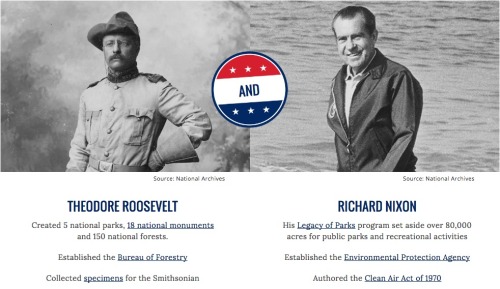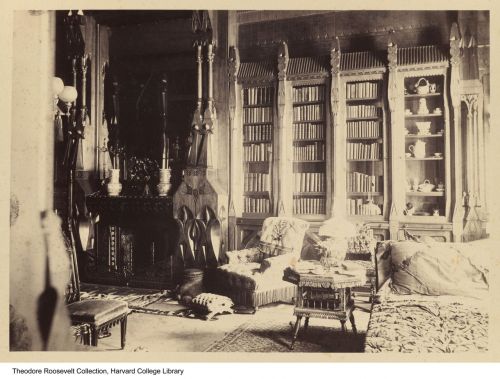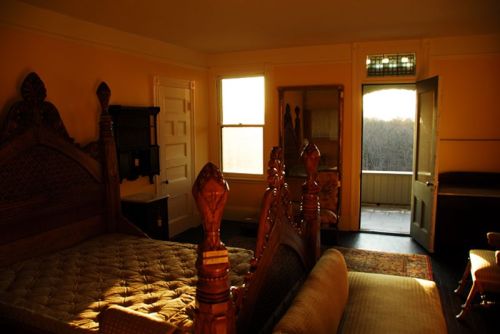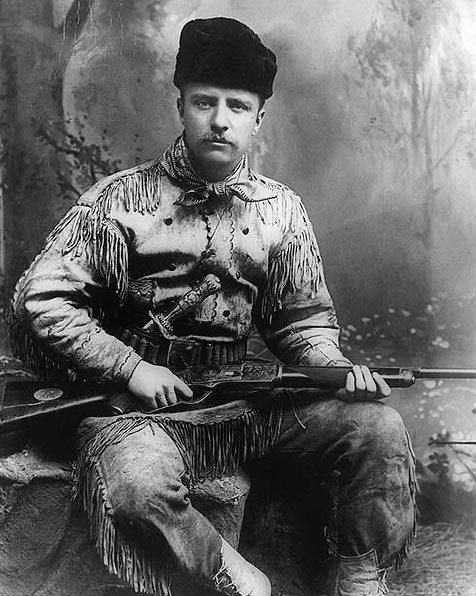#theodore roosevelt
In 1987, just shy of her 85th birthday, Baltimore heroine, baseball enthusiast and volunteer “Aunt” Mary Dobkin passed away. Crippled by frostbite at a young age, Aunt Mary was a pioneer in working with children and developing baseball teams around the city to create safe havens for the children to stay out of trouble. Her activism was brought to national attention in 1979 when Jean Stapleton starred in the movie about her life entitled “Aunt Mary.” (Irving H. Phillips Jr., Baltimore Sun photo, 1979)
1762: Ann Franklin became the first female editor of an American newspaper, the Newport, R.I., Mercury.
1787: Inventor John Fitch demonstrated his steamboat on the Delaware River to delegates of the Continental Congress.
1902: President Theodore Roosevelt became the first U.S. chief executive to ride in an automobile, in Hartford, Conn.
1911: It was announced in Paris that Leonardo da Vinci’s “Mona Lisa” had been stolen from the Louvre Museum the night before. (The painting turned up two years later, in Italy.)
Compiled by Carly Heideger and Paul McCardell.
Reminder that Winston Churchill had said ’‘The Russians I have been told are not human beings at all, they are lower in the scale of nature than the orangutan, now let them take that down and translate it into Russian’’. and that Theodore Roosevelt had said, “No human beings, black, yellow or white, could be quite as untruthful, as insincere, as arrogant, in short, as untrustworthy in every way, as the Russians.” and these were Russia’s so-called ‘Allies.’ in WW2.
“stop beating people with your stick” “it’s wrong to kill people with your big stick” “why did you murder that man with your stick” you’re all just jealous of my great and powerful and impressive stick aren’t you

President Roosevelt visiting the Giant Redwoods of California, 1903.
1. The President dressed Formally with “Forest King”, Santa Cruz, California.
2. Obviously Casual Friday with “Grizley Giant”
Post link
Glacier Point Yosemite National Park, California, May 1903.
President Theodore Roosevelt’s Choicest Recreation- Amid Nature’s Grandeur…
Post link
Ein Teddybär ist ein Kuscheltier, dessen Namenspatron Theodore »Teddy« Roosevelt ist. Als der damalige Präsident der USA 1902 auf Bärenjagd in Mississippi war und sich keine Gelegenheit bot, einen Bären zu erlegen, bot man ihm an, ein angeleintes Bärenbaby zu erschießen. Dies lehnte Theodore Roosevelt ab. Ein anwesender Karikaturist der Washington Post hielt die Szene in einem Bild fest und so wurde der Bär zum Symbol des Präsidenten.
Ein russischer Einwanderer in Brooklyn warb daraufhin mit einem Stoffbären »Teddy’s bear« im Schaufenster seines Ladens.
Parallel zu dieser Geschichte gibt es noch ein deutsches Pendant, das das Steiff-Museum erzählt. Über den Sekretär von Theodor Roosevelt kam seine Tochter an einen Stoffbären, der von Margarete Steiff hergestellt wurde. Da die Tochter großen Gefallen am Bären fand, benannte sie ihn nach ihrem Vater »Teddy«. 1903 bestellte ein amerikanischer Händler 3.000 Teddybären bei der Firma Steiff.
Zur Wortherkunft von Bär, Bear, Björn:
Es gibt verschiedene Ansätze, jedoch gilt als am wahrscheinlichsten die Theorie, dass »Bär« auf die Farbe »Braun« zurückzuführen sei.
Im Schwedischen hat der Teddybär auch noch einen weiteren gängigen Namen. »Nallebjörn« oder schlicht »Nalle«, was eventuell aus dem finnischen »Nalli« entlehnt wurde.
Teddybjörnen Fredriksson ist ein bekanntes Kinderlied in Schweden. Schaut es euch hier bei »Lotta på Liseberg« an: http://www.youtube.com/watch?v=yNYnwfl6ABE
Foto:
Terence Hill: http://flic.kr/p/7T8VrV
Quellen:
http://de.wikipedia.org/wiki/Teddybär
http://en.wikipedia.org/wiki/Teddy_bear
http://en.wikipedia.org/wiki/Nalle
Post link
October 27, 1858: President Theodore Roosevelt Is Born
On this day in 1858, Teddy Roosevelt was born in New York City.
Theodore, Franklin and Eleanor Roosevelt were the most prominent members of one of the most important families in American history. Theodore and Franklin occupied the White House for nineteen of the first forty-five years of the twentieth century, years during which much of the modern world – and the modern state – was created. They shared an unfeigned love for people and politics and a willingness to defy class prejudices to help create a true democracy of equal opportunity.
Along with Eleanor, Theodore’s best-loved niece and Franklin’s wife, all three overcame personal obstacles as they independently – and collectively – transformed the model of a nation’s responsibility to its citizens and the wider world.
Image: Official White House portrait by John Singer Sargent
Post link
Teddy Roosevelt on safari, Khartoum, 1910.
After deciding not to run for a third term as President, Teddy his son and 250 other porters and guides went on safari throughout British East Africa, the Belgian Congo and Khartoum to collect specimens for the Smithsonian. The entire group “collected” 1,100 specimens. Teddy and his son alone bagged 512 including 17 lion, 11 elephant and 20 rhinoceros. At one point, Teddy shot a rhino that was charging at him by shooting through the beast’s neck into its heart.
Post link
Sweatpants & History | The Legacy of FDR
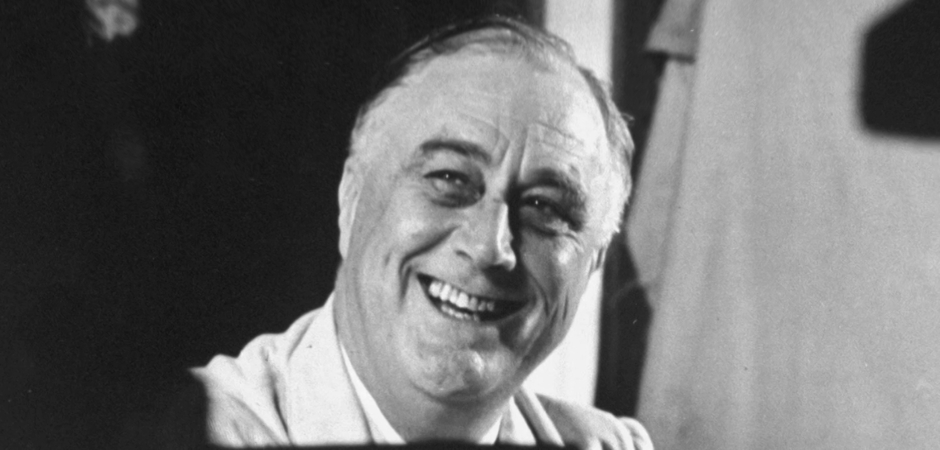
By Jessica Grey On this day, one hundred and thirty-five years ago, the Hyde Park branch of the esteemed Roosevelt family welcomed a new baby boy. That baby boy would go on to be one of the most influential figures—for better and for worse—of the twentieth century. Named for his great uncle, Franklin Hughes Delano, FDR was born into a privileged life in 1882. The only child of the marriage…
“Comparison is the thief of joy.”
– Theodore Roosevelt
This is something I struggle with to this day. I’ve had to learn that comparing yourself with others (friends, coworkers, strangers on the interweb, etc) and trying to dictate a “winner” DOES NO GOOD.
Recently, one of my friends finally got accepted into Physician’s Assistant (PA) school. I was told by a mutual friend of ours, who then remarked, “Did you know PAs make 150k after graduation? And up to $250k later on?” Qualifying her accomplishment with salary just felt weird to me - as if someone who earns less than $150k after graduation is “lower-tier.”
There are WAY TOO MANY variables out there that makes “comparing” difficult. No one is “better” than anyone just because of the career path they’ve chosen. For example: while doctors and lawyers are esteemed in our society, if you’ve never had any inclination to be a doctor or lawyer, you shouldn’t feel jealous of their career path and progress - after all, you were never interested in that path and if you had partaken in that route, you’d be likely unhappy. That’s my take anyway.
The only time you should be “comparing” yourself is when you’re looking at others in the same field you are in and seeing how their career projection was like. You can observe, analyze, and see how to use that information to help your own career growth. This is not a malicious intent but rather trying to foster your own development. You are not in competition with anyone but yourself.
If that’s not enough to sway you… there are multiple studies that research the relationship between income and happiness. This study from 2018 from Purdue University noted:
“Globally, we find that satiation occurs at $95,000 for life evaluation and $60,000 to $75,000 for emotional well-being.”
In other words, if you earn $95,000 or more, you reach the peak level of happiness. Of course there are different situations and each person has their own circumstances, but I think this is important to note.
My loose goal is to earn a 6-figure salary ($100,000 or more) around the time I graduate from my master program, and I honestly think I’d be happy with that. I am not materialistic, don’t go on crazy shopping sprees, and enjoy living below my means within reason. Money does not always equal happiness and if you truly believe that the more money you make, the happier you’ll be, you need to check why you believe that.
george newett: *accuses teddy roosevelt of drunkenness*
TR:

Did you know, Theodore Roosevelt and Richard Nixon have been ranked as the top two “green” U.S. presidents?
Explore how they earned this distinction at pbs.org/presidents.
Post link

This post was written by Keith Muchowski, who is an Instruction/Reference Librarian at the Ursula C. Schwerin Library, New York City College of Technology (CUNY), in Brooklyn, NY. He blogs at thestrawfoot.com. Keith also provided the image above of Nora E. Cordingley’s 1931 naturalization card.
Nora E. Cordingley died on March 14, 1951. The name may not be familiar, but Ms. Cordingley was active for three decades in one of the most significant projects in presidential librarianship: the collection, preservation and dissemination of the letters, papers, and hundreds of thousands of other items related to the short, strenuous life of Theodore Roosevelt. When the twenty-sixth president died on January 6, 1919, his family, friends, and close associates formed the Roosevelt Memorial and Woman’s Roosevelt Memorial Associations. One of the first moves of the RMA and WRMA was purchasing the East 20th Street site upon which Theodore Roosevelt was born in 1858, and where he lived until his early teens. The groups also bought the neighboring lot where young Theodore’s uncle, Robert B. Roosevelt, resided. Roosevelt House, as it was originally called, opened to great fanfare on October 27, 1923, what would have been Theodore Roosevelt’s sixty-fifth birthday. The institution had two missions: to be a museum & library and to serve as something of a center for American Studies. Ironically however one of Roosevelt House’s most important players in these years was not American, but Canadian: Nora Evelyn Cordingley.
Ms. Cordingley was born in Brockville, Ontario on January 23, 1888. She came to New York City to attend Queens College, from which she seems to have graduated around 1910. Cordingley was a student in the first class of the Library School of The New York Public Library in 1911. The NYPL’s new initiative was not a library program as we know it today, but more a vehicle to train para-professionals who would go on to work in various support services. (The New York Public Library program lasted fifteen years. It was merged along with the New York State School at Albany to become part of Columbia University’s new School of Library Service.) Somewhere in these years—the chronological record is unclear—Cordingley, her parents, and her sister settled in Tuckahoe just north of New York City in Westchester County. Cordingley worked as an assistant in the library of the Metropolitan Life Insurance Company. The work was probably unrewarding, but in all likelihood it was through this position that she got her break, for it happened to be at the Metropolitan Life Tower at 1 Madison Avenue and 23rd Street that the Roosevelt Memorial Association opened its headquarters in 1919. It was there in 1921 that the RMA offered Ms. Cordingley a job as a cataloger with the Bureau of Roosevelt Research and Information.
Memorial officials had been collecting material even in these years before the House opened in 1923. By 1921, the year she hired on, the RMA had gathered nearly 15,000 individual items. The items were as disparate as the life they represented and included many of the over 100,000 letters that Roosevelt penned, various editions of the nearly three dozen books he authored, positive and negative political cartoons that captured his unique physical bearing and caricaturist’s dream of a visage, scrapbooks, political campaign ephemera, speeches, a vast film archive, and much more. One must remember that this was something of a new and original enterprise; presidential libraries did not exist at tis time and would not for another two decades when another Roosevelt, Franklin D., created the first one at his home in Hyde Park. The Theodore Roosevelt Collection only grew after the opening of the house in 1923. Assessing the RMA’s work in 1929, a decade after its founding, Director Hermann Hagedorn told an audience at the American Library Association conference in Washington D.C. that a New York Public Library official had informed him that Bureau of Roosevelt Research and Information was the largest library dedicated to one individual in the United States. The work continued into the 1930s. Meanwhile, Ms. Cordingley became became a naturalized American in 1931. In 1933-34 she served as chairperson of Museums, Arts & Humanities Division of the Special Libraries Association.
After twenty years on East 20th Street the Roosevelt Collection moved to Harvard’s Widener Library in 1943. When the collection relocated, so did Ms. Cordingley. She moved to Cambridge, Massachusetts and continued her work. She gave an address on the rarities within the collection at the Bibliographical Society of America conference in January 1945. One of her many projects in these years included assisting with the organization and eventual publication of Roosevelt’s correspondence. Starting in 1948, the Harvard Library, Roosevelt Memorial Association and Massachusetts Institute of Technology began a project to edit and annotate Theodore Roosevelt’s 150,000 letters. Harvard University Press published volumes one and two of The Letters of Theodore Roosevelt in April 1951. These were the first installments of what would eventually be an eight volume undertaking. About 10% of Roosevelt’s total output—nearly 15,000 some odd letters—were eventually published in the set over the next several years. Sadly, Nora was not there to see any of it. Nora Evelyn Cordingley died of a heart attack in her office in Harvard’s Widener Library on March 14, 1951.
Bibliography:
Cordingley, Nora E. “Extreme Rarities in the Published Works of Theodore Roosevelt.” The Papers of the Bibliographical Society of America, vol. 39, no. 1, 1945, pp. 20-50.
Hagedorn, Hermann. “Building Up the Roosevelt Memorial Collection.” Bulletin of the American Library Association, vol. 23, no. 8, 1929, pp. 252–254.
Roosevelt Memorial Association: A Report of Its Activities, 1919-1921, Roosevelt Memorial Association, New York, 1921.
Theodore Roosevelt, Sr. residence interior design
6 West 57th St., New York, NYThe Theodore Roosevelt, Sr. (father of the future President) house on 57th Street was designed by noted architect Russell Sturgis with Frank Furness responsible for the design of the interiors and furniture. Furness utilized furniture maker Daniel Pabst for the execution of his designs. Many of the pieces were removed to the family’s home at Sagamore Hill, in Oyster Bay, NY, when they were deemed not fashionable enough for the home in New York City which was later demolished.
On the legs of the dining room table, now held by the High Museum of Art in Atlanta and seen here in the first and third photos, one can make out figures of heron eating frogs. Animals were used for ornament on a number of the pieces in the Roosevelt home complimenting his common use of plant inspired ornament, as can be seen in the photos of the bed, now housed at Sagamore Hill.
Post link









